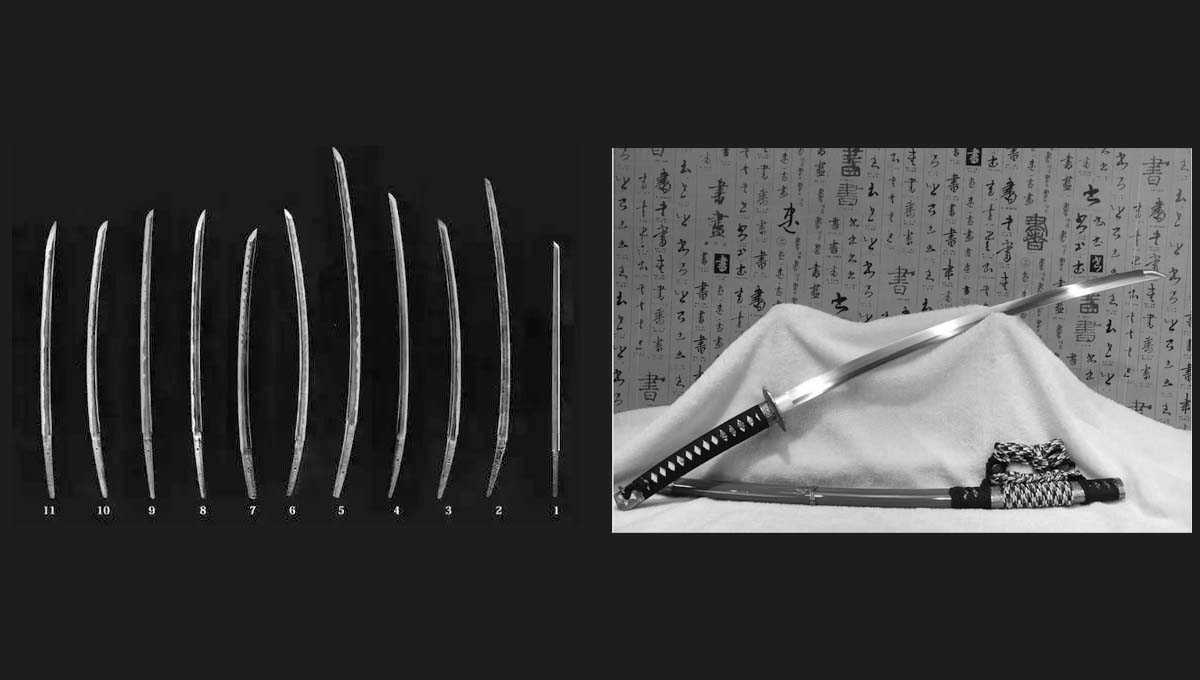From Ancient Craftsmanship to Modern Marvels
Japanese swords, with their unparalleled craftsmanship and rich cultural significance, have long held a special place in the hearts of collectors, historians, and martial artists. This article takes you on a captivating journey through the world of Japanese swords, exploring their origins, design, and enduring legacy.
A Glimpse into History
The history of Japanese swords dates back over a thousand years, with the earliest known blades crafted in the Heian period (794-1185 AD). During this time, the precursor to the katana, the tachi, emerged as the primary weapon of samurai warriors. The tachi’s unique curved design allowed for swift and elegant draws, making it a symbol of both power and prestige.
The Evolution of Design
The iconic katana, with its gently curving blade and distinct hamon line, emerged during Japan’s Kamakura period (1185-1333 AD). This era saw significant advancements in swordsmithing techniques, including differential heat treatment, which produced the mesmerizing wavy pattern along the blade’s edge. The katana’s design was not only functional but also a testament to the aesthetic sensibilities of the time.
The Art of Crafting
Creating a Japanese sword is a meticulous and labor-intensive process that remains largely unchanged to this day. Skilled artisans, known as swordsmiths or “tosho,” begin with carefully selected high carbon steel, often 1095 or similar, to ensure the blade’s sharpness and durability. The forging process involves folding the steel multiple times, removing impurities, and shaping the blade with hammer and anvil.
The differential heat treatment, known as “yakiba,” is the heart of the sword-making process. By applying a special clay mixture to the blade before heating, swordsmiths create the distinctive hamon, which is a visible line that separates the hardened edge from the softer spine. This process requires precision and mastery.
Cultural Significance
Japanese swords are not just weapons; they are profound symbols of honor, loyalty, and skill. For centuries, they have been associated with the samurai, Japan’s legendary warrior class. Owning a finely crafted sword was a matter of pride and lineage, and these blades often bore the marks of the swordsmith’s school, adding to their historical significance.
The Modern Legacy
While the samurai era has long passed, the legacy of Japanese swords lives on. Today, these remarkable blades continue to be revered as both works of art and symbols of Japan’s rich cultural heritage. Collectors, martial artists, and enthusiasts around the world seek out authentic Japanese swords, appreciating their historical and artistic value.
Conclusion and Outlook, Japanese swords are more than weapons; they are a testament to the artistry, craftsmanship, and cultural significance of Japan. Their enduring legacy reminds us of a time when honor, tradition, and mastery of craft were held in the highest regard. Whether displayed as works of art or wielded in martial arts practice, Japanese swords continue to captivate and inspire.

